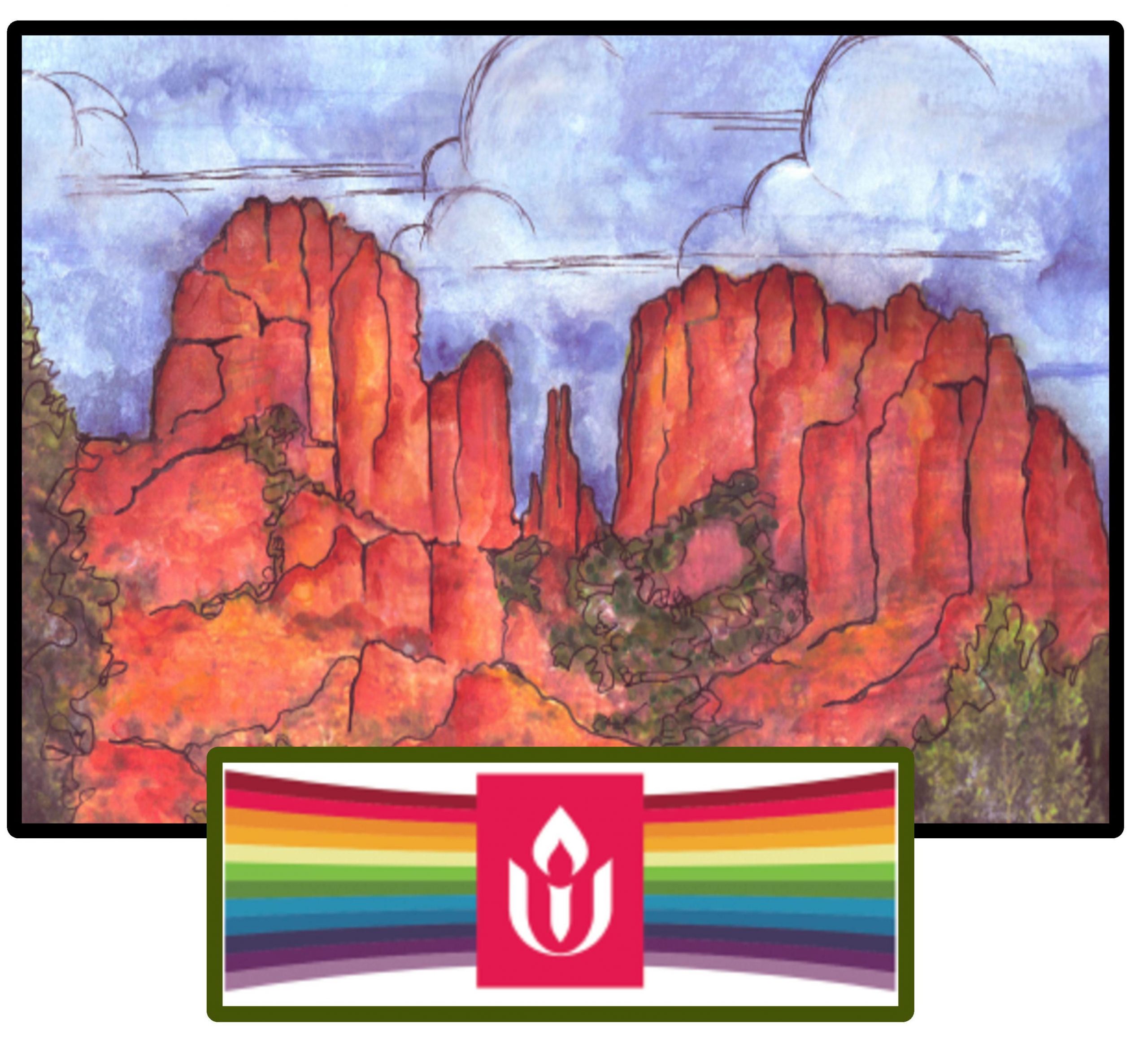Some people separate religion and science, and believe that to live authentically one must choose between them. In contrast, Unitarians tend to agree with Albert Einstein, who said, “Science without religion is lame, and religion without science is blind.”
This statement may seem puzzling, until one considers a wise folktale from Uganda, about two elderly villagers, one blind and one lame.
Everyone else in their community was occupied in fighting off or fleeing from an unexpected attack from an enemy tribe. As a result, these two handicapped individuals were forgotten and left behind. They knew if they did not get themselves out of the village quickly, both would most likely be killed.
The blind man turned to his lame companion and offered to carry him to safety on his shoulders, provided the lame man would guide him on keeping to the path that led to the next village. The lame man saw the wisdom in this plan, so he readily agreed. He became eyes for the blind man; the blind man became legs for the lame man; and the two together found their way to safety.
Unitarian leader, Sophia Lyon Fahs, maintained that this partnership sheds light on the most fitting relationship between science and religion. Each domain is incomplete in itself, representing but a part of our human potential. In these troubled times, science and religion need to view one another as partners if the human race is to survive.
They need to talk frankly and fully together, understand each other’s values, share their insights, and give each other constructive criticism without becoming alienated. Like any two life partners, they will become estranged if each insists that the other is wrong and must adopt their own viewpoint exclusively, instead of respecting that each plays a different and potentially complementary role in peoples’ and society’s life.
April 28, 2023
